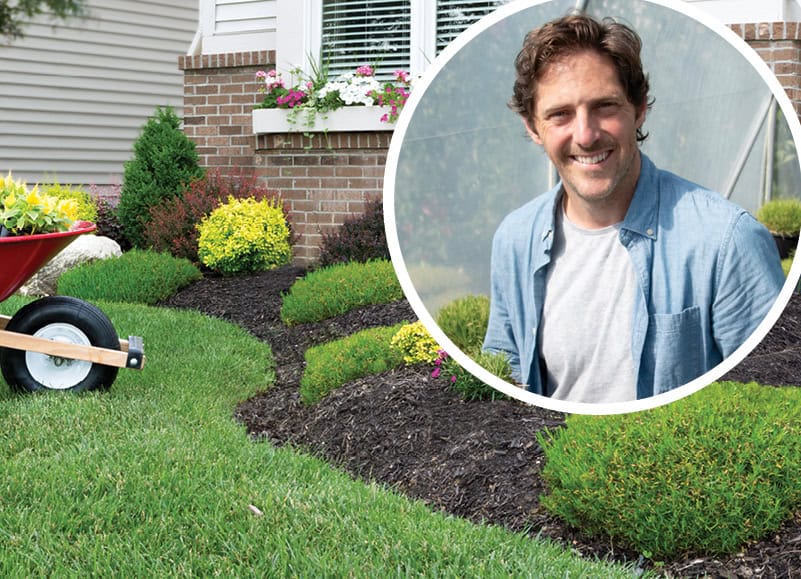
News

Spring Planting by Charlie Albone
August 26, 2022
Spring is the best season to be establishing plants and gardens including your new lawn as the weather heats up the increase in temperature promotes new growth and a move from the dormant winter into a season filled with life and exuberance.
Whilst the increase in temperature promotes new growth early spring never has spikes in heat that can be damaging to new plants so it’s a fail safe season to get things in the ground and growing. The heat also penetrates the soil which aids in root growth and the more root growth you can get the more drought tolerant your plants can be as we move into Summer.
Good soil is key
Before planting in spring you really should take a good look at your soil, plants and lawn can be an expensive item so you want them to perform to their best and safeguard them so they don’t die when they get installed. Understanding what plants you are putting into the ground as far as their drainage and nutrient requirements go is important so you don’t do the wrong thing to the soil and provide the wrong environment for your plants. Succulents, herbs and Mediterranean plants like olives and lavender like free draining sandy soil, much like a lawn does. Heavy feeders like perennial plants and vegetables like nutrient, organic rich soils.
Adding compost to sandy soil will help the soil bind together which improves its structure and aids in holding onto water and nutrients for longer. Adding compost to clay soils can also help to break it up as it brings in lots of worms however it can clog unstable clay so the addition of Gypsum clay breaker can help with this.
When it comes to prepping for a lawn, most lawn varieties wont tolerate wet feet, free draining is important. So consider adding sand for heavy clay if the addition of gypsum doesn’t work. Its also important to remove any stones that will be felt under foot once the lawn has been laid – like painting, a professional finish comes in the preparation of the soil.
Spring Planting Tip
Planting in spring is a delightful experience as the weather is perfect for a good day on the shovel digging, not too hot or cold. When planting dig your hole twice as wide as the pot you will be planting but only as deep – this ensures the roots have well cultivated soil to grow into but they don’t get planted too deep and rot around the stem of the plant. Laying a lawn is also a fun experience and very satisfying, once you have your level smooth base to lay on ensure the edges of your pieces of lawn meet together snugly, this helps to reduce the edges drying out and turning brown. Running a boarder around the edge of your new lawn area and staggering your lawn in a brick bond when it goes down will also help to prevent the edges browning.
Choose the right plants
Choosing the right plants depends on the style of your garden you have. Foliage plants are great for those after low maintenance gardens as they provide year round interest. Perennial plants like Salvia, Echinacea, foxgloves and Asters are all perfect for a cottage style garden. Getting some structure in the garden now through trees and shrubs is also a great way to maximise the growth before next winter.
Establishing plants and lawns in Spring is an easy process however you need to ensure your plants get the water required, when plants go in the ground they only have the capability of taking up water from the existing roots – they don’t suddenly grow new roots out into the soil. Lawn is supplied on limited soil too so dries out quickly once rolled out. Water according to the weather but ensure your new plants and lawn get a daily soaking until they have the chance to grow new roots out into the soil.
Once established you can teach your lawn and plants to be more drought tolerant by teaching their roots to grow deep in the soil. From daily watering you need to slowly move to watering once or twice a week, the trick is to use the same amount of water so you soak when you water rather than sprinkle – the same water less often helps promote deep root growth which in turn safe guards against drier hotter periods.